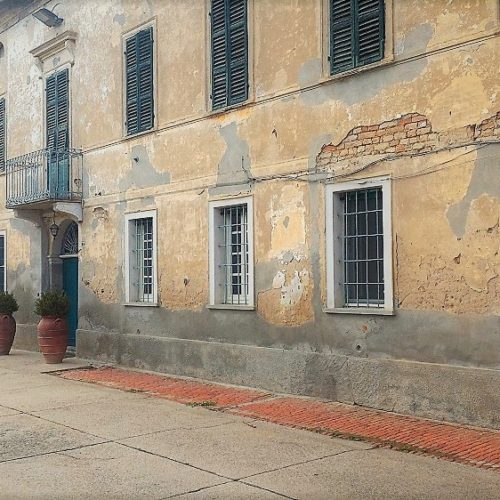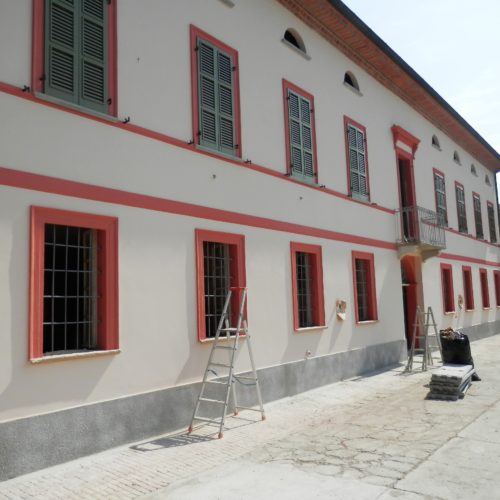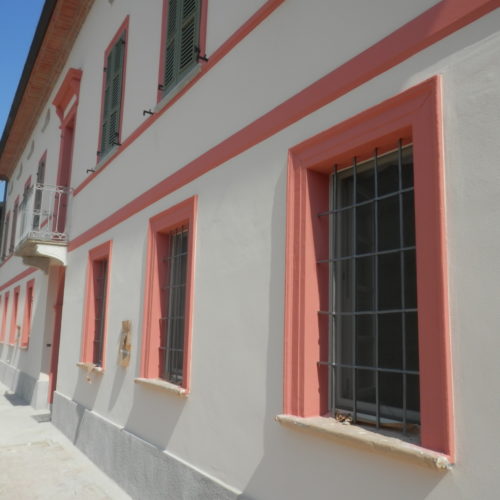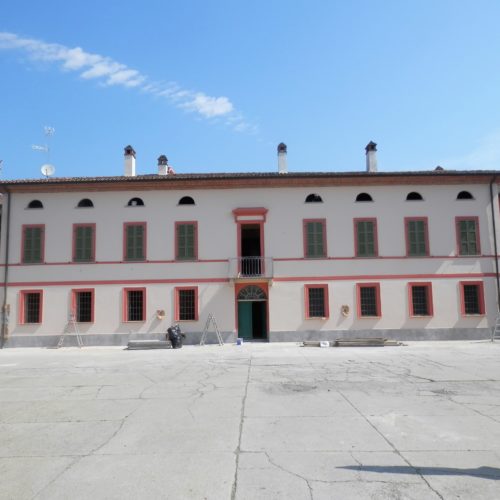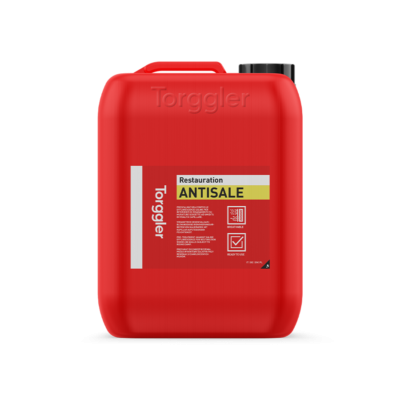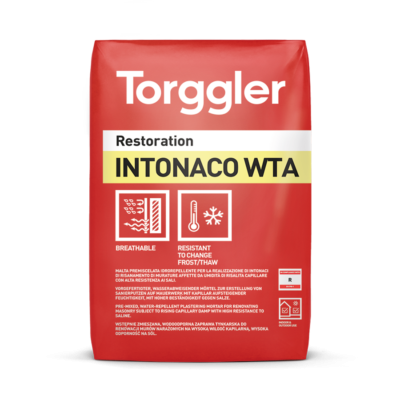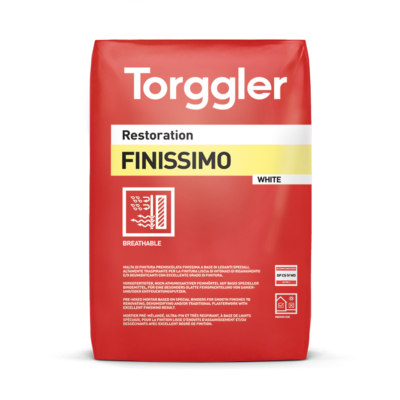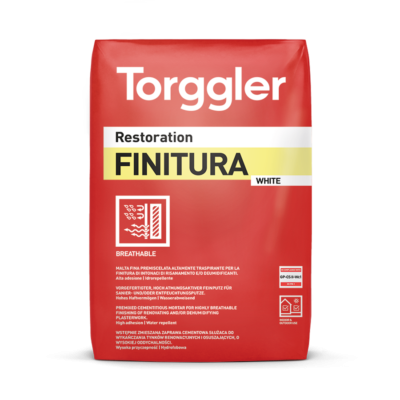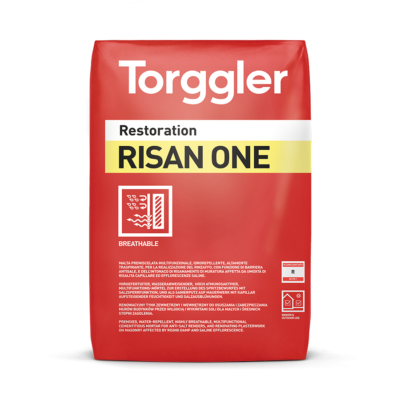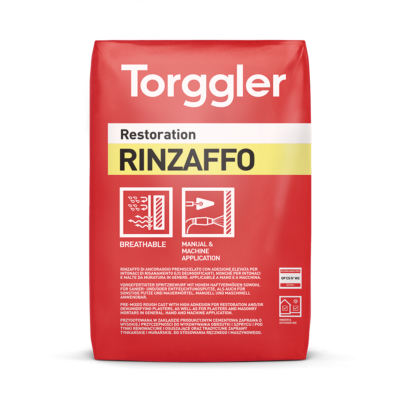Villa Delfanti
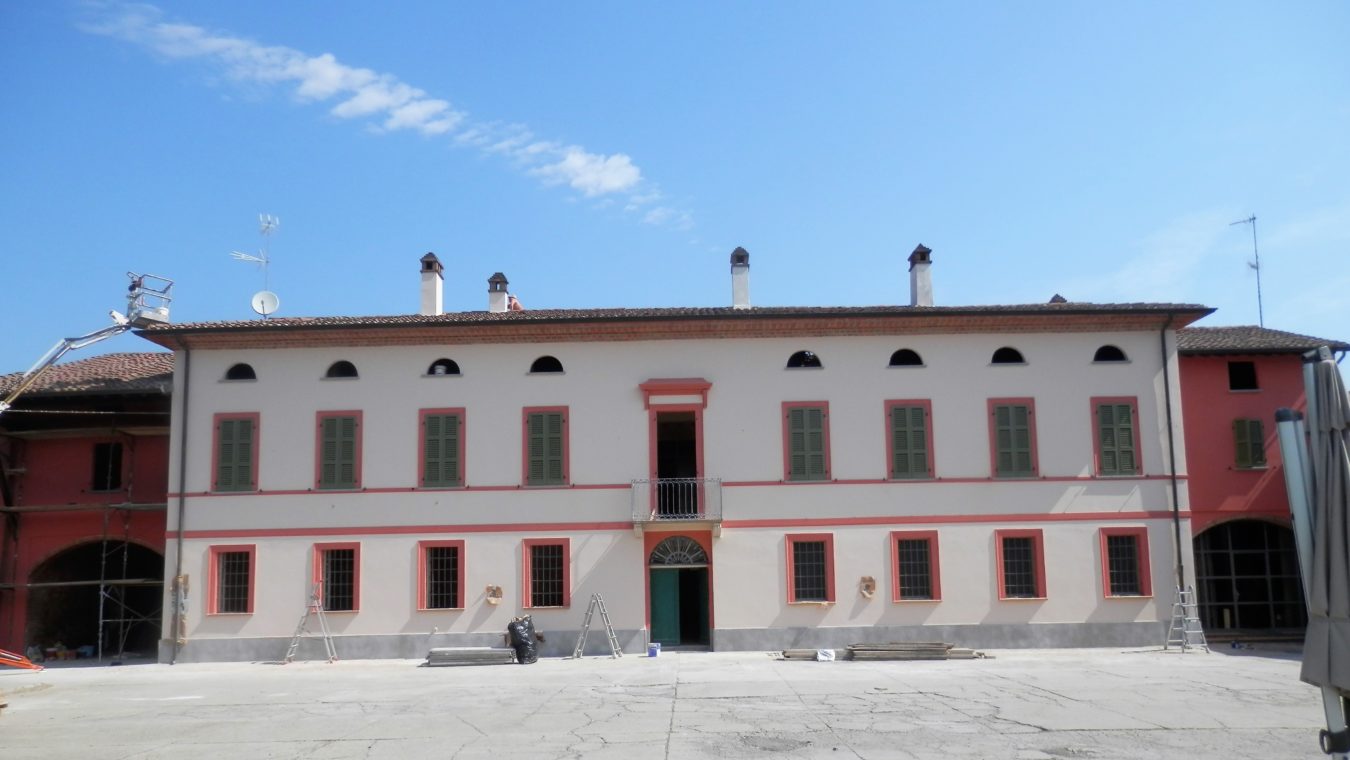
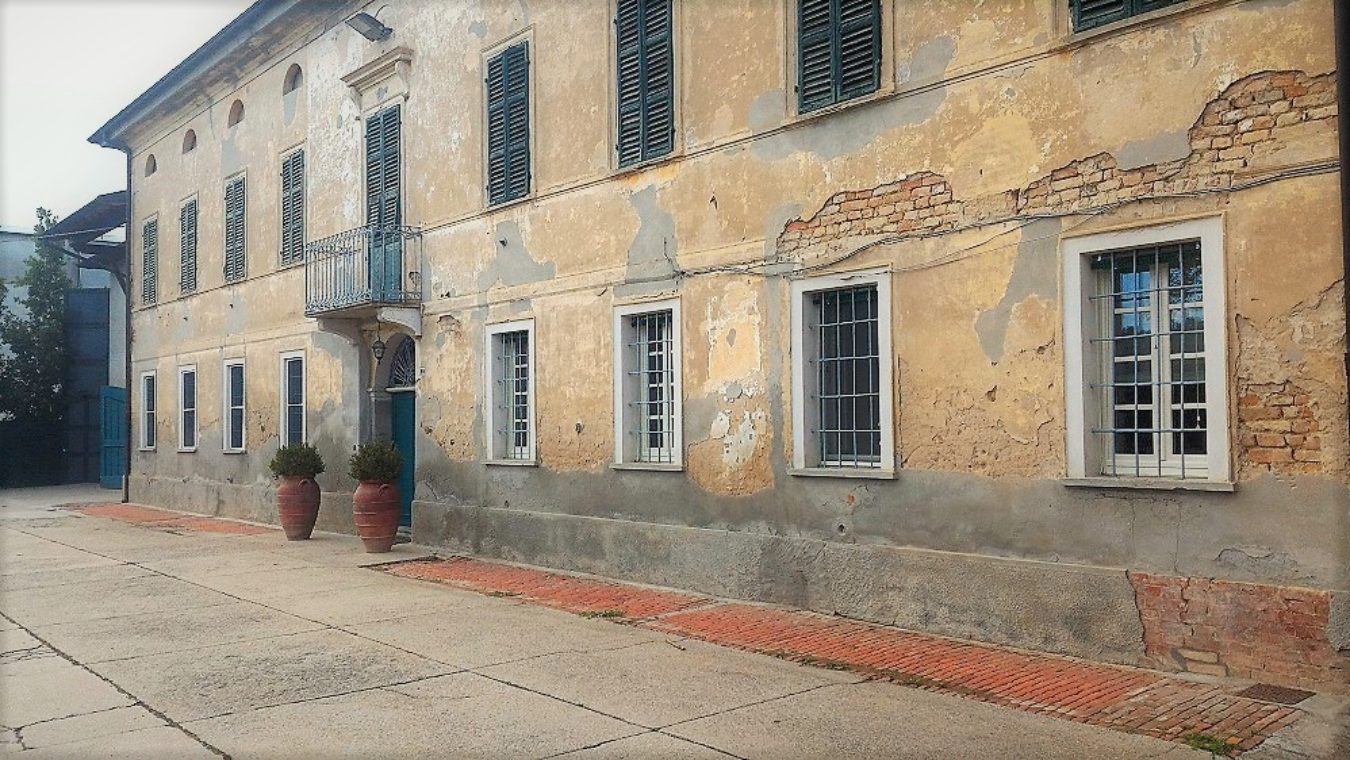
Monticelli d’Ongina (PC), in the province of Piacenza, is characterized by a large number of ancient villas. Among these stands out Villa Delfanti, a beautiful example of a nineteenth-century farmhouse, unfortunately affected by very serious problems of rising damp and the presence of very aggressive salts. For the renovation and plastering of the walls it was decided to use Torggler Risan System 1-5.
5 phases, 1 great result.
Risan System is a complete system (can be used outdoors or indoors) for the restoration of buildings affected by capillary rising humidity. In 5 simple steps, the problem is managed and conveyed outside the building with a “sponge effect” that guarantees dry surfaces free from efflorescence and mould. The final result is immediately evident, but it is over time that the benefits of the technical quality of Risan System’s components demonstrate their effectiveness and performance.
Compliance with the highest quality standards
In order to guarantee an optimal and durable result, Torggler has complied with the WTA guidelines, the European benchmark for renovation products: precise parameters that provide a perfect balance between hydrophobisation, breathability and mechanical properties. This is the only way Risan System can achieve a durability in some cases even 10 times higher than a normal ventilated plaster.
The 5 phases
Risan System 1-5 consists of 5 products, designed and studied in Torggler laboratories to achieve the best results, thanks to research and technology and top quality materials.
- Step 1: Anti salt treatment.
- Step 2: Application of an adhesion bridge.
- Step 3: construction of a restoration plaster (macroporous and hydrophobic) for the treatment of moisture-proof walls
- Step 4: Finishing inside and outside of renovating and/or dehumidifying plasters
- Step 5: Painting for interior and exterior painting of renovation and/or dehumidifying systems
Main house Villa Delfanti. The intervention.
The exterior perimeter restoration was carried out by applying all phases of Risan System 1-5 to the entire skirting of the building.
We provided constant technical assistance by offering the company site inspections to closely monitor each phase of the renovation work.
After removing the dilapidated cementitious plaster, the brick structure was removed, the substrate was carefully washed, and finally, Antisale was applied to protect the restoration plaster.
Afterwards, Rinzaffo was applied to ensure adhesion and then the Intonaco WTA with a thickness of 2 cm, laid at the first adherence bridge. The final smoothing, instead, was carried out with the application of two coats of Finish. It was only necessary to proceed with the painting.
Villa Delfanti has thus been brought back to its former shine: a particularly successful intervention, which has given new life to the entire structure, while respecting the original structure and its peculiar characteristics and, of course, finally solving the problem of rising capillary humidity it was affected with.
